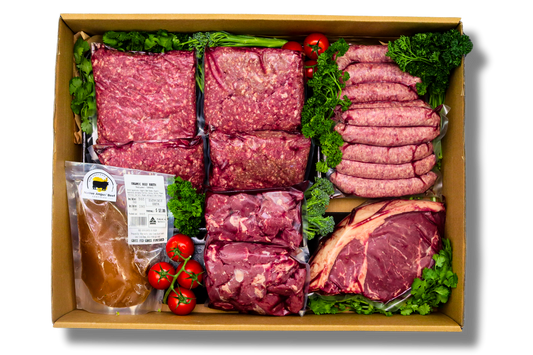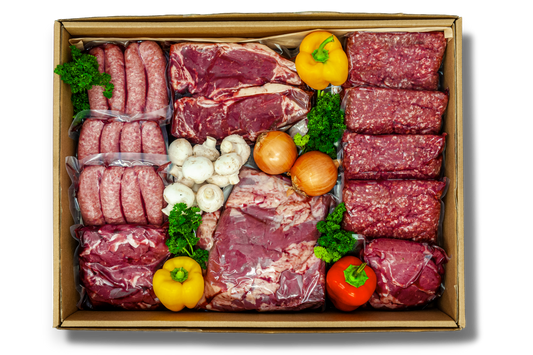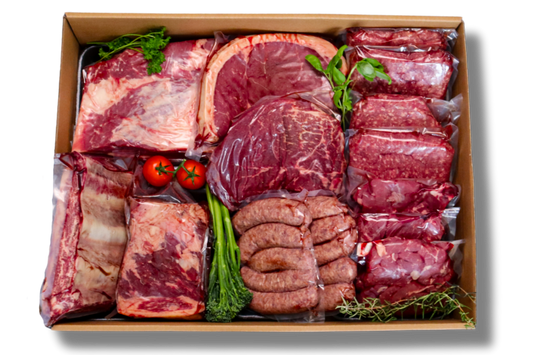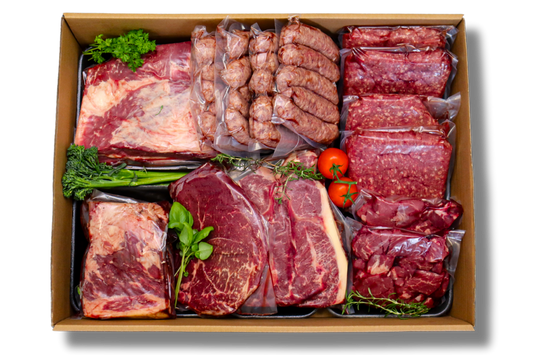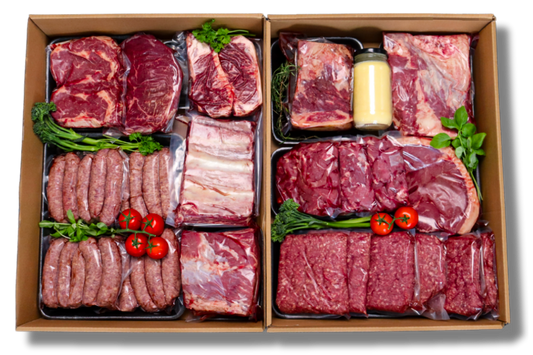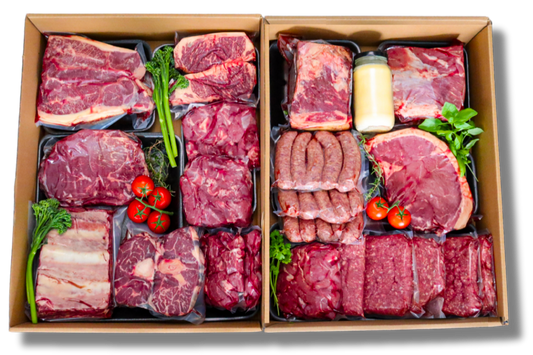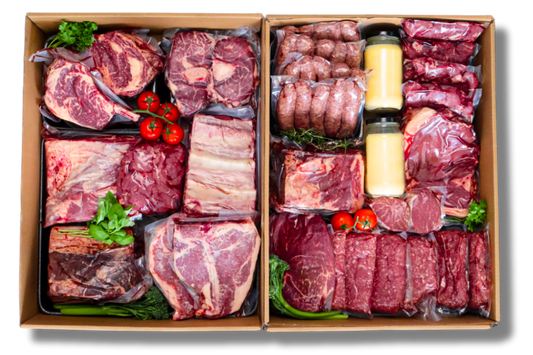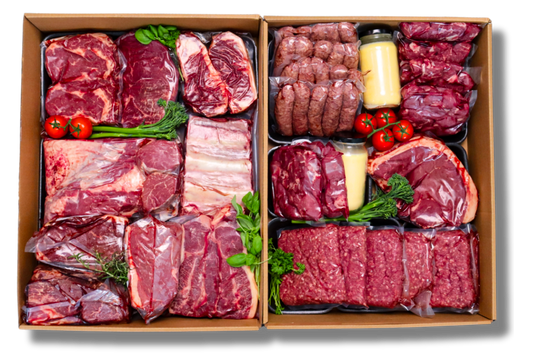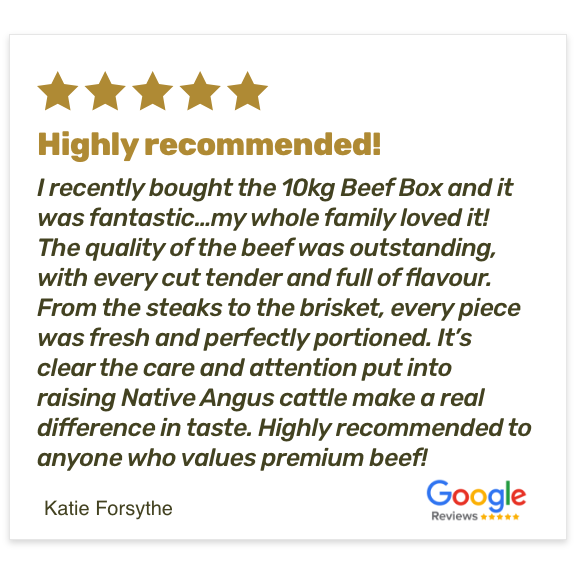Why We Chose Arrawatta Station
I'm often asked why we chose Arrawatta Station as the home for our Native Aberdeen Angus herd.
For us, the decision came down to giving these unique heritage genetics an environment where they could truly thrive. The New England Tablelands in NSW, with its climate and terrain, closely resembles the landscapes where these cattle first evolved. It's a natural fit.
Preserving Heritage Genetics
When livestock and plants are aligned with their ideal environments, they can perform to their full genetic potential. At a time when biodiversity is declining worldwide, preserving rare breeds has never been more important. Many heritage traits, built over centuries, are now being lost to crossbreeding in the pursuit of production. We believe these traits hold immense value for the future.
The Story of Arrawatta Station
Arrawatta Station itself is a remarkable property. Spanning nearly 5,000 acres, the land is divided between fertile black-soil floodplains and hill country with rocky outcrops. Several kilometres of the Macintyre River wind through the property, and parts of the landscape form part of the endangered yellow box eucalyptus grassland ecosystem.
When we arrived in 2020, the station was in a state of neglect but full of potential. The floodplains, which span half the property, had been heavily cultivated under industrial farming systems for generations, while the native pastures on the hills had been either overgrazed through continuous stocking or left underused. We saw the need to restore both productivity and ecological vitality.
Regeneration in Action
Since then, we’ve focused heavily on rebuilding infrastructure, regenerating the land, improving water infiltration, and fostering life above and below the soil. This work is ongoing, but the progress is very encouraging.
Our approach is built on nature’s own principles. The herd itself is central to this process: their hooves, tongues, and rumens (the largest of the cow's four stomach compartments, which acts as a natural fermentation vat) all play a role in nurturing the pastures and the ecosystems they support.
Alongside this, our dedicated farm team are consistently replanting pastures with diverse species and biological inputs, particularly on the paddocks once cropped. These steps help restore soil health, create biodiversity, and ensure the cattle have the forage they need.
Farming with Transparency
As a direct-to-market producer, we believe transparency is essential. Our methods may differ from regional norms, but we are committed to sharing the reasons behind them. By leaning on biology, time, and the soil biome as our workforce, we aim to farm in ways that support both ecological health and food quality.
Native Angus Beef is the final link in this story. It provides a pathway for these heritage genetics to reach Australian families, giving them a face on the dinner table and helping ensure their preservation in the cattle world.
Taking the Time That’s Needed
Raising a well-finished Native Aberdeen Angus animal takes time. Our cattle typically reach maturity at three years of age, much slower than industry norms. But there is no rushing this process. These cattle were bred over generations to take the time they need, producing beef with outstanding flavour and marbling.
If you're interested, I wrote more about this remarkable breed and how we raise them on Arrawatta Station here.
We are proud to give them that time, and we hope you enjoy the rich flavour and quality it creates.
By Susan Hendry, Co-Founder, Native Angus Beef
